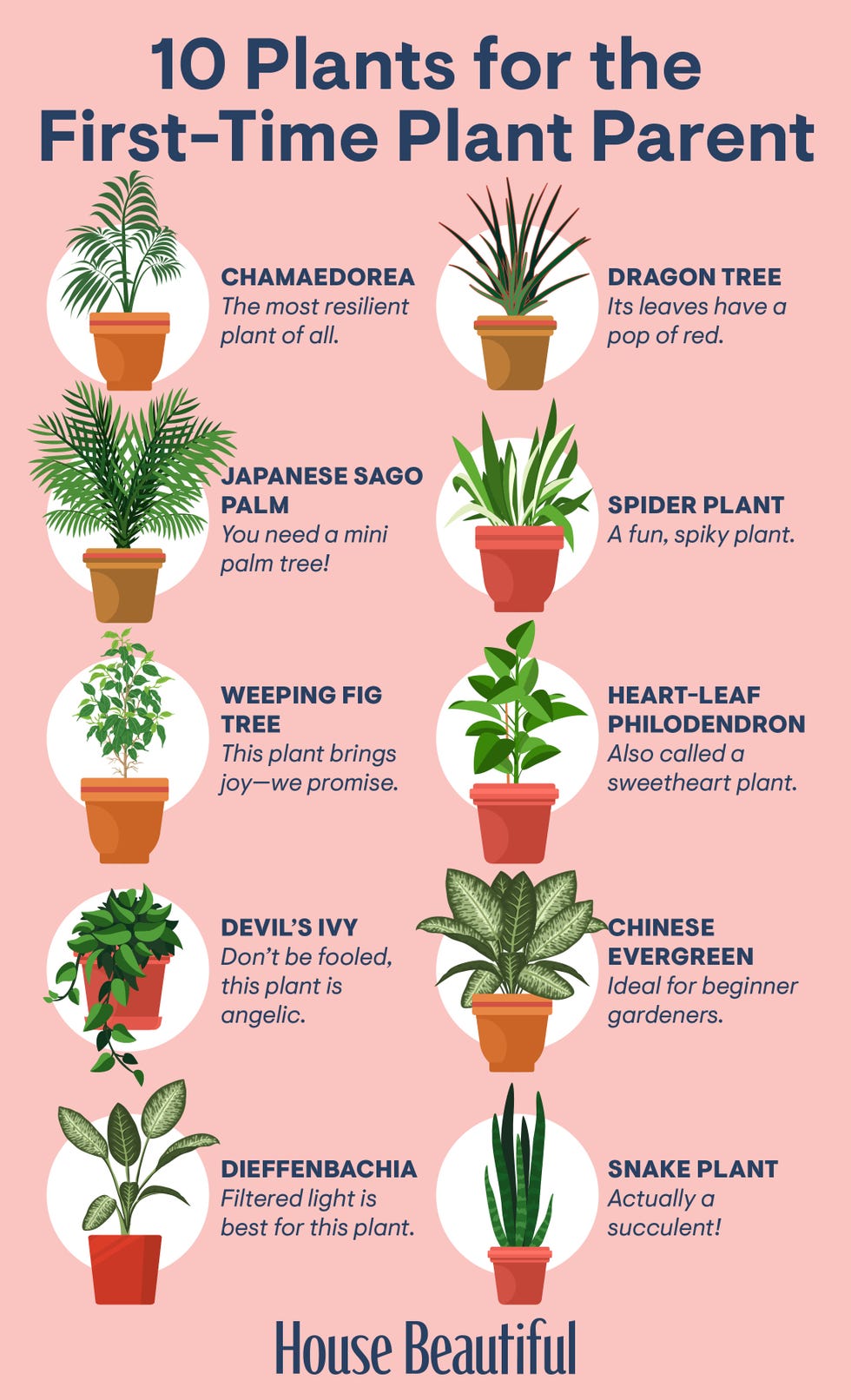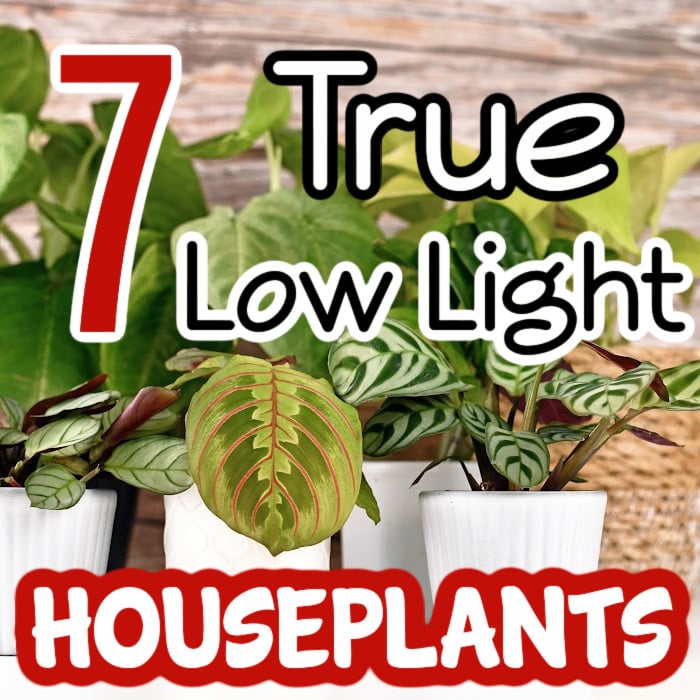How to Care for the Best Low-Light Indoor Plants in Any Environment
How to Care for the Best Low-Light Indoor Plants in Any Environment
Blog Article
Transform Your Home With Beautiful Low-Light Indoor Plants and Their Benefits
Integrating low-light interior plants right into your home can significantly enhance both the ecological and aesthetic quality of your space. These plants, which thrive in dim problems, offer not just as ornamental aspects however likewise as all-natural air cleansers, making them ideal for urban dwellers or those with minimal sunlight exposure. As we explore the numerous kinds of low-light plants and their benefits, you might locate shocking methods to integrate them right into your home that can transform your surroundings in means you could not have anticipated.
Advantages of Low-Light Plants
Low-light plants offer countless benefits for indoor environments, making them an outstanding choice for both beginner and experienced garden enthusiasts. Among the primary advantages is their versatility to low-light conditions, enabling people to enhance their space without the requirement for substantial sunlight direct exposure. This characteristic makes them perfect for homes, offices, and various other locations with minimal natural light.

Moreover, incorporating low-light plants into home decoration can boost the visual appeal of a room. Their rich vegetation and varied structures produce a relaxing environment, adding to general wellness. Last but not least, the visibility of plant has actually been linked to minimized stress levels and enhanced productivity, making low-light plants a useful choice for improving both psychological and physical health and wellness in indoor settings.
Top Low-Light Indoor Plants
While numerous interior plants thrive in brilliant light, several types are specifically well-suited for low-light problems, making them ideal for various interior rooms. One popular option is the Serpent Plant (Sansevieria), known for its striking upright fallen leaves and resilience, needing marginal care. One more exceptional alternative is the Pothos (Epipremnum aureum), which includes heart-shaped fallen leaves and can trail perfectly from shelves or hangers, prospering in reduced light and including a lush touch.
The ZZ Plant (Zamioculcas zamiifolia) is celebrated for its glossy leaves and ability to stand up to forget, making it ideal for busy lifestyles. The Peace Lily (Spathiphyllum) not only tolerates low light but also produces stunning white blossoms, boosting any kind of space's visual.
For a special touch, think about the Cast Iron Plant (Aspidistra elatior), which indeed lives up to its name, flourishing in the darkest corners of your home. Lastly, the Chinese Evergreen (Aglaonema) offers a selection of fallen leave patterns and colors while being exceptionally forgiving in low-light problems. These plants not only beautify interior environments but additionally add to air purification, enhancing your living space.
Treatment Tips for Low-Light Plants
:max_bytes(150000):strip_icc()/GettyImages-1352819030-05889673b7c54a1fb72395b1b309be2a.jpg)
Watering practices are critical; these plants typically prefer somewhat completely dry problems. Overwatering can result in root rot, so ensure that the leading inch of dirt is dry prior to watering once more. Use pots with water drainage holes to enable excess dampness to leave.
Humidity is an additional essential variable. Numerous low-light plants, such as brushes and tranquility lilies, benefit from greater moisture levels. To boost moisture, consider misting the fallen leaves or placing a tray of water near the plants.
Fertilization needs to be come close to with caution. During the expanding period, make use of a weakened, well balanced fluid fertilizer each month to sustain growth, but stay clear of feeding during the dormant look at these guys winter season.

Innovative Ways to Show Plants
Interior plants can act as captivating focal factors in any type of area, boosting both visual allure and ambiance. Creative display screens can elevate the visual impact of low-light plants, making them an essential part of your home design. One efficient technique is to utilize tiered plant stands, which permit you to showcase numerous plants at differing heights while optimizing floor room.
Hanging planters are an additional cutting-edge option, creating a feeling of deepness and drawing the eye upward. Take into consideration macramé hangers or wall-mounted shelves to introduce a distinct texture and design.
For an extra organized technique, use geometric terrariums or glass containers to house your plants, including a contemporary touch to your indoor garden. You can also repurpose classic things, such as teacups or wood cages, for a diverse screen that shows your individuality.
Enhancing Home Ambiance With Plants
Incorporating low-light plants into your home not only boosts visual allure however additionally contributes substantially to the overall ambiance. These plants act as natural decoration elements, presenting a feeling of peace that can transform any kind of room. The presence of plant promotes a relaxing ambience, which is especially helpful in high-stress environments such as home offices or living areas.
Low-light plants, such as serpent plants, pothos, and ZZ plants, are not only aesthetically pleasing yet likewise enhance indoor air high quality by filtering toxins. This double feature boosts the ambiance better, producing a much healthier space (Best low-light indoor plants). The tactical placement of these plants can additionally affect the perception of room; for example, tall plants can draw the eye upwards, making ceilings show up higher and areas extra large
Additionally, varying structures and colors of vegetation include depth to interior decoration, enabling creative expression in home styling. Whether put on shelves, in corners, or as centerpieces, low-light plants can elevate the mood of any type of space. In recap, integrating these plants right into your home is an efficient method to foster a cozy, welcoming environment while enjoying the benefits of enhanced air high quality and visual convenience.
Conclusion
Incorporating low-light indoor plants into home atmospheres supplies various advantages, including improved visual allure and enhanced air high quality. These resistant plants, such as the Snake Plant and Peace Lily, need minimal light and maintenance, making them suitable for diverse way of livings.
While several interior plants thrive in brilliant light, a number of species are particularly fit for low-light conditions, making them ideal for numerous interior spaces. One efficient approach is to make use of tiered plant stands, check this site out which permit you to display numerous plants at differing elevations while taking full advantage of flooring room.
Low-light plants, such as snake plants, pothos, and ZZ plants, are not only aesthetically pleasing however also improve interior air have a peek here top quality by filtering system contaminants. Best low-light indoor plants. The tactical placement of these plants can also influence the perception of area; for circumstances, high plants can draw the eye upward, making ceilings appear higher and spaces extra roomy
These resistant plants, such as the Serpent Plant and Tranquility Lily, require very little light and upkeep, making them ideal for varied way of lives.
Report this page